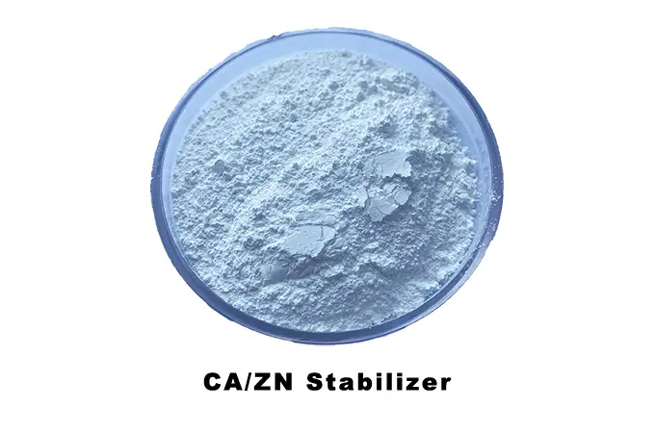Polyvinyl chloride (PVC) is a widely used polymer that finds applications in diverse industries, ranging from construction to packaging. However, its susceptibility to degradation poses a significant challenge during processing. This is where PVC stabilizers come into play, acting as crucial additives that ensure the stability and longevity of PVC products. PVC stabilizers are specifically designed to counteract the degrading effects of heat and other factors, allowing PVC to retain its desired properties throughout its lifecycle.
PVC stabilizers are available in various types, each offering unique advantages and applications. One of the most commonly used PVC stabilizers is the lead salt stabilizer. This type of stabilizer provides excellent long-term thermal stability to PVC, making it suitable for applications that require high-temperature processing. However, it has some disadvantages, such as its negative impact on transparency and toxicity concerns.
Another important class of PVC stabilizers is organic tin stabilizers. These stabilizers not only provide stability to PVC but also impart improved initial color retention. They work by replacing unstable chlorine atoms in the PVC resin, enhancing its long-term stability. However, organic tin stabilizers tend to be more expensive and may have issues with transparency and surface exudation.
Rare earth stabilizers, based on lanthanum, cerium, and neodymium, are also gaining popularity as PVC stabilizers. They offer good thermal stability and tolerance to PVC degradation. However, their effectiveness in absorbing hydrochloric acid produced during PVC degradation is limited, and their processing techniques are still under development.
Metal soap stabilizers, particularly calcium-zinc soaps, are another notable option. These stabilizers exhibit excellent thermal, optical, and transparent properties, making them suitable for food packaging, medical devices, and pharmaceutical packaging. Their non-toxic nature and compatibility with PVC contribute to their widespread use.
In conclusion, PVC stabilizers play a crucial role in ensuring the stability and performance of PVC products. The selection of the right stabilizer depends on the specific application and requirements. With ongoing research and development, it is expected that more efficient and environmentally friendly PVC stabilizers will be developed in the future, further enhancing the performance and sustainability of PVC-based products.

This is the last one.
